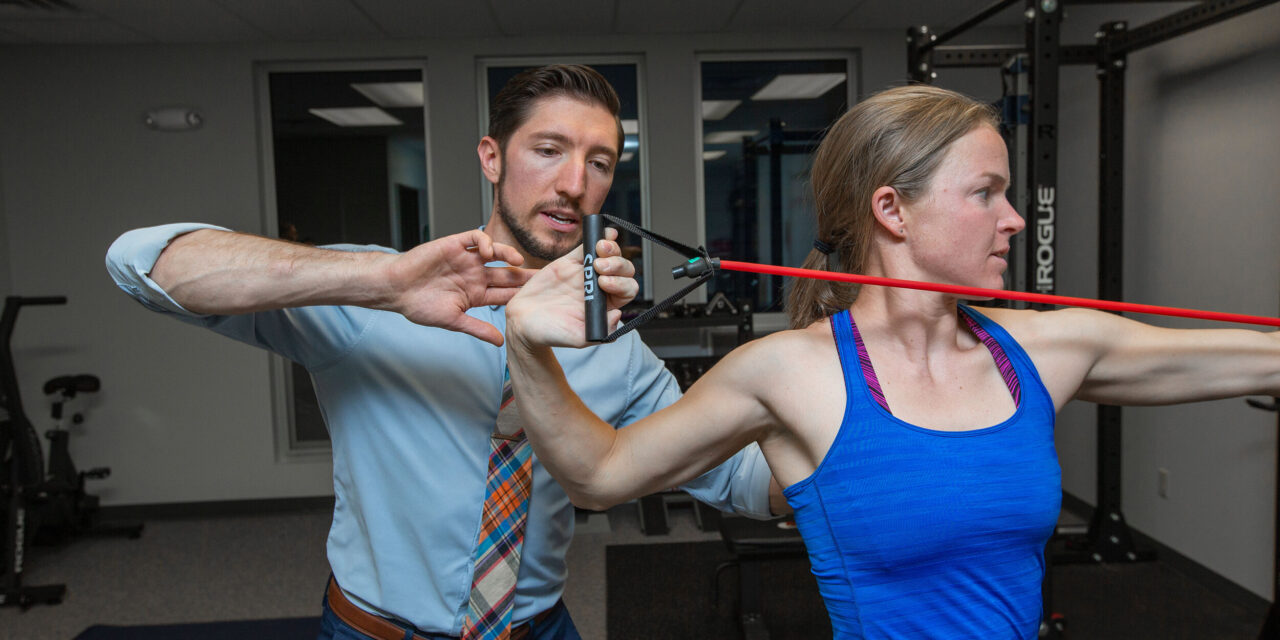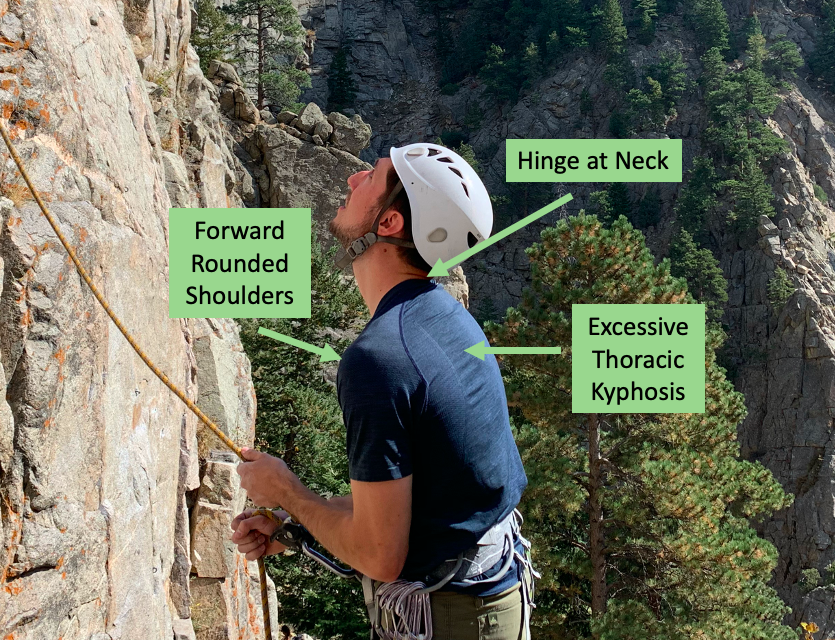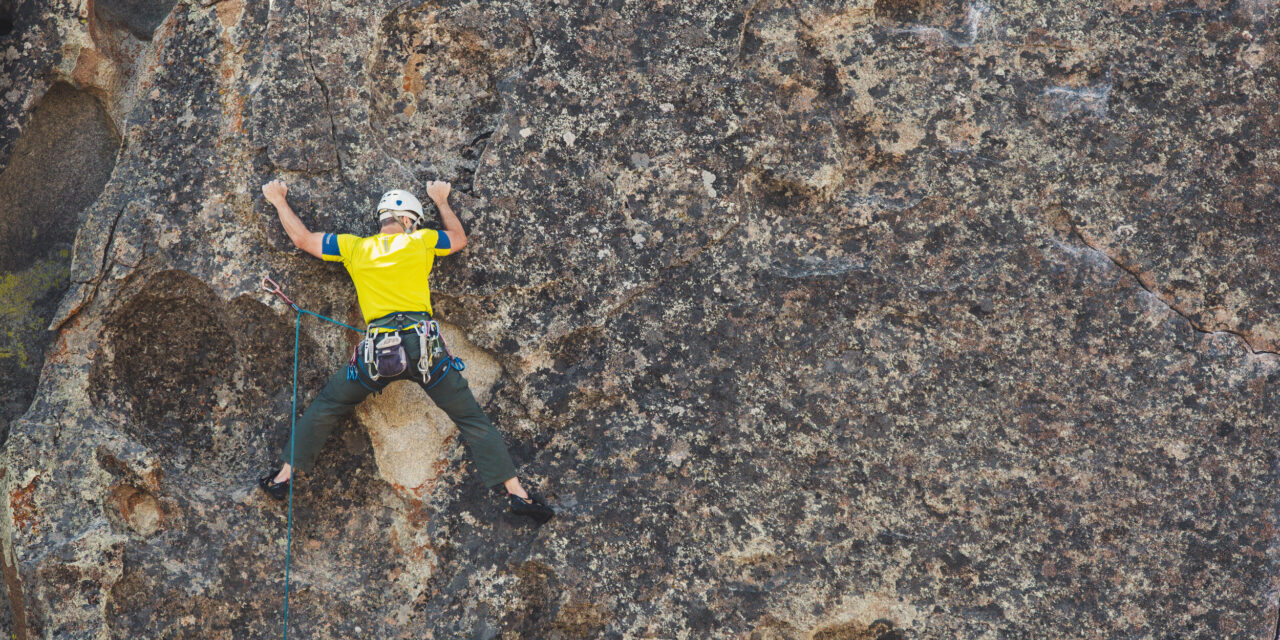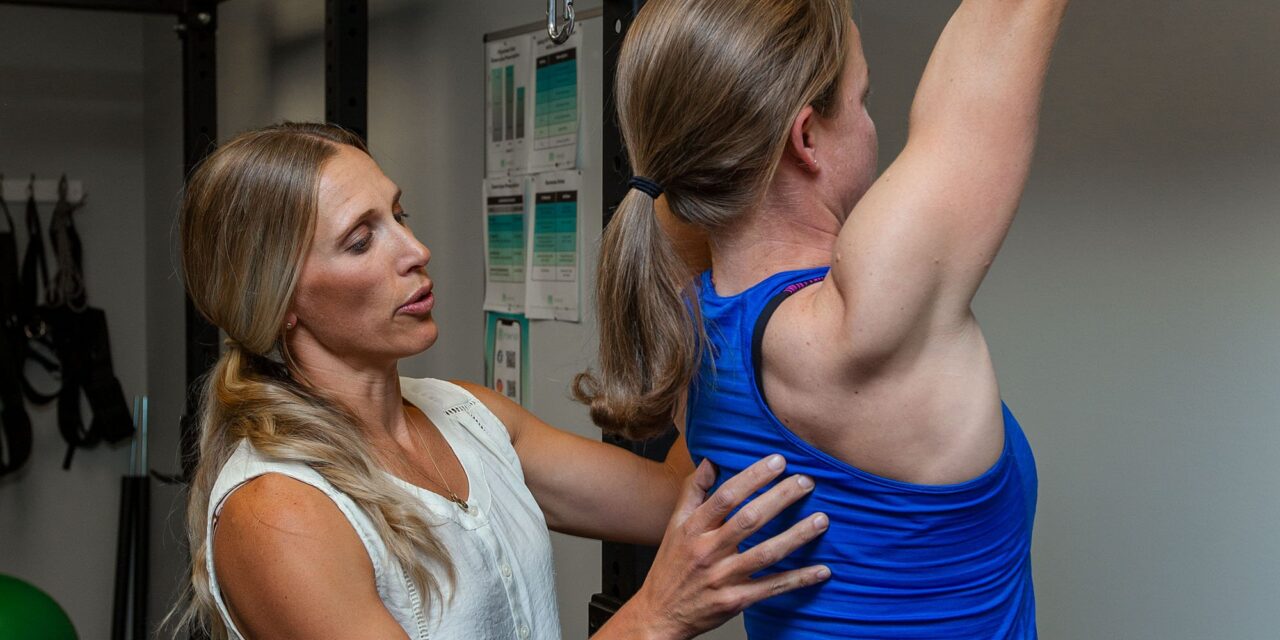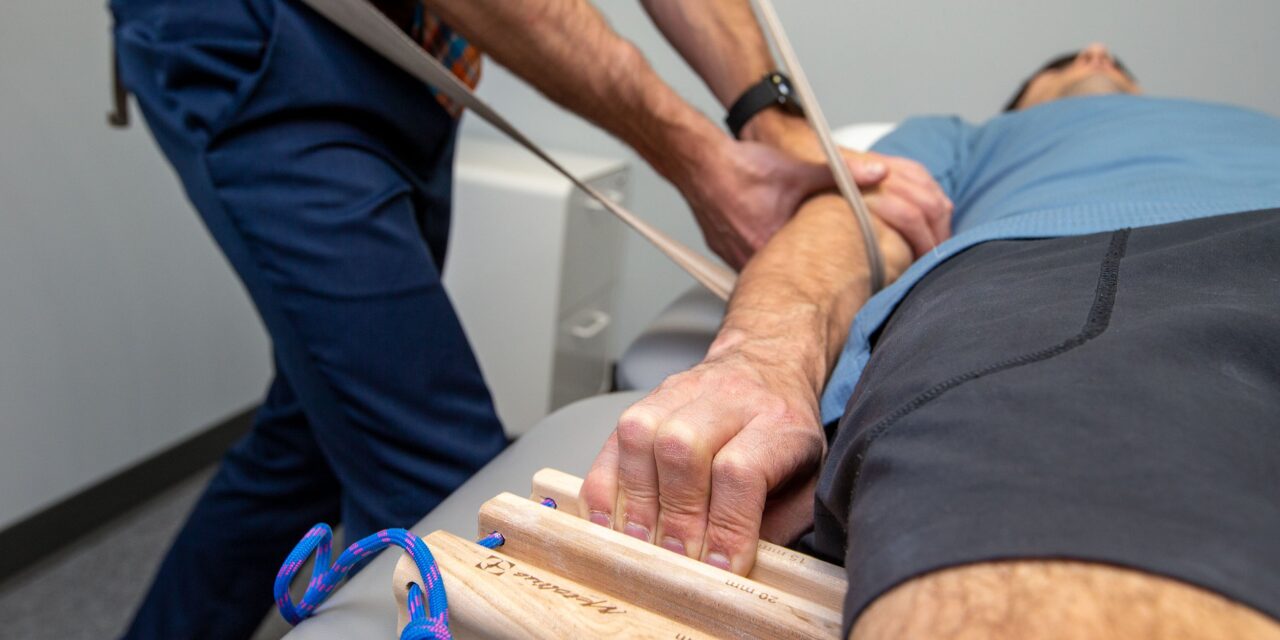Do You Have Wrist Pain While Rock Climbing?
Wrist mobility and stability are crucial to helping prevent injury for rock climbers. The joint between the radius and the carpal bones (the wrist) is a common site for stiffness, especially considering the demands that climbers place on their wrists and fingers. Stiffness to the wrist joint can lead to pain at the elbow, wrist,...

